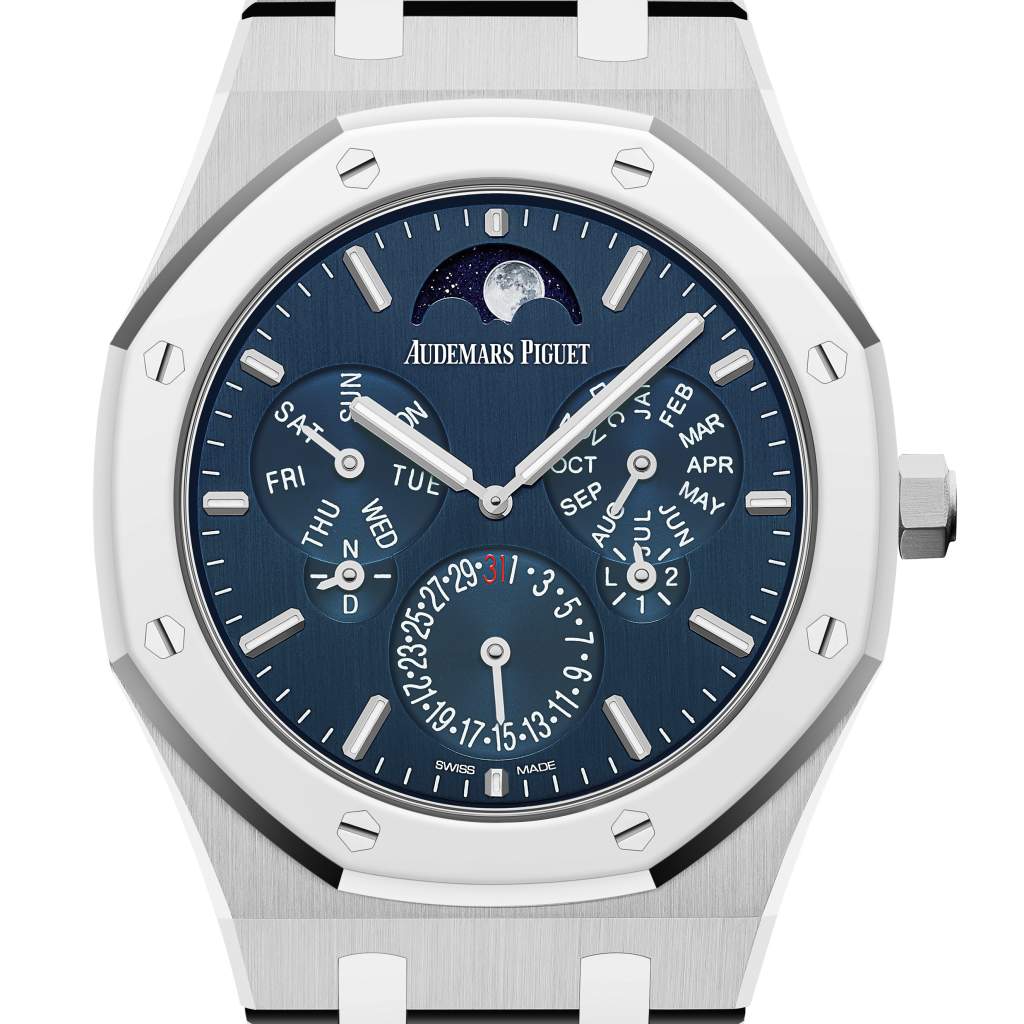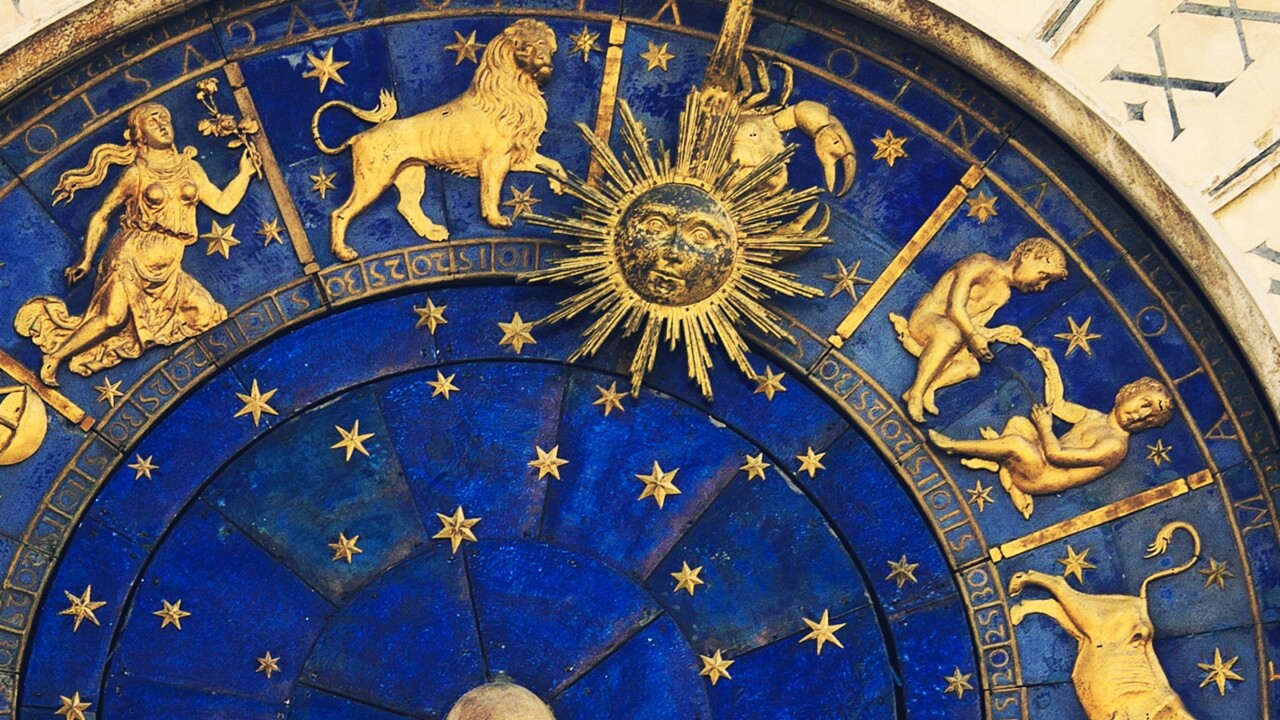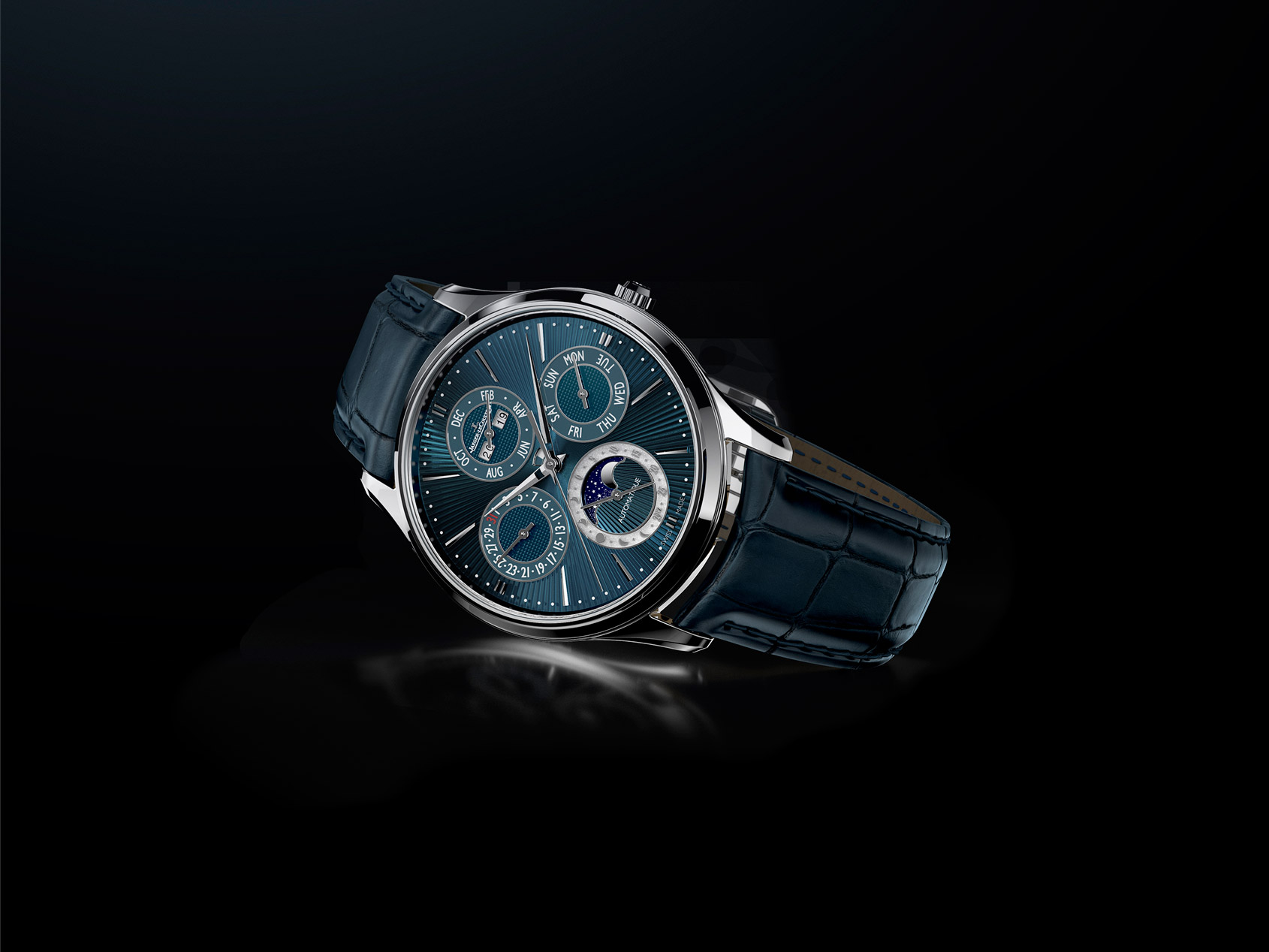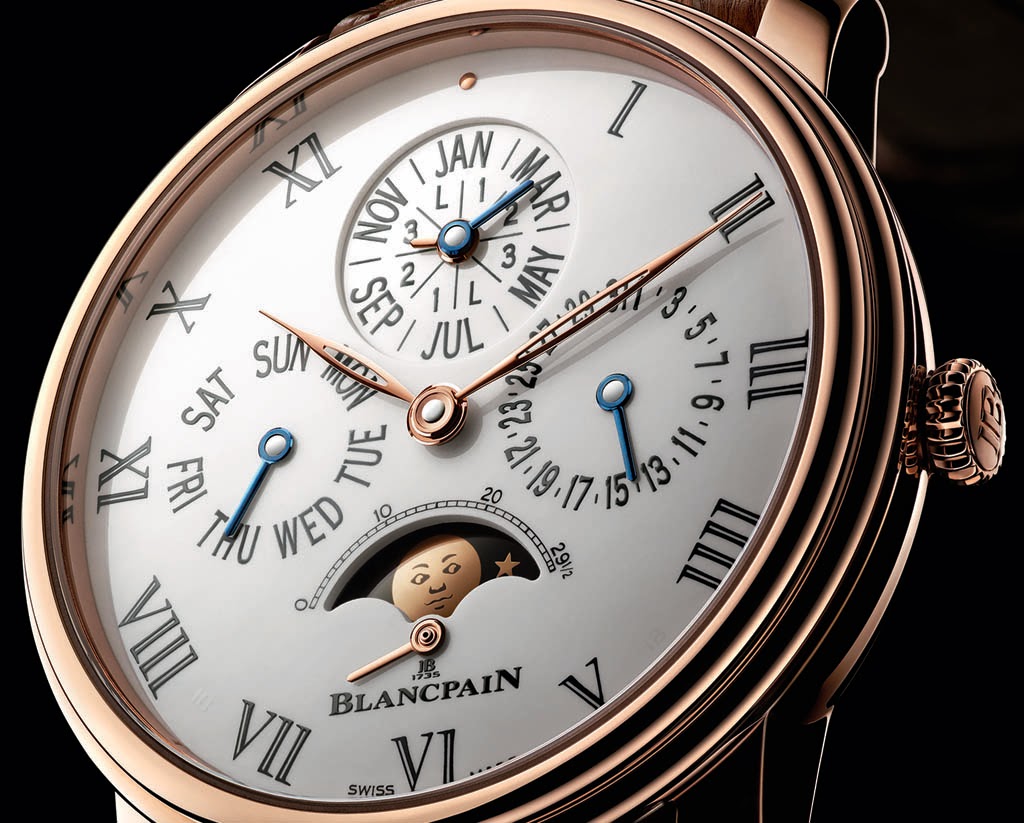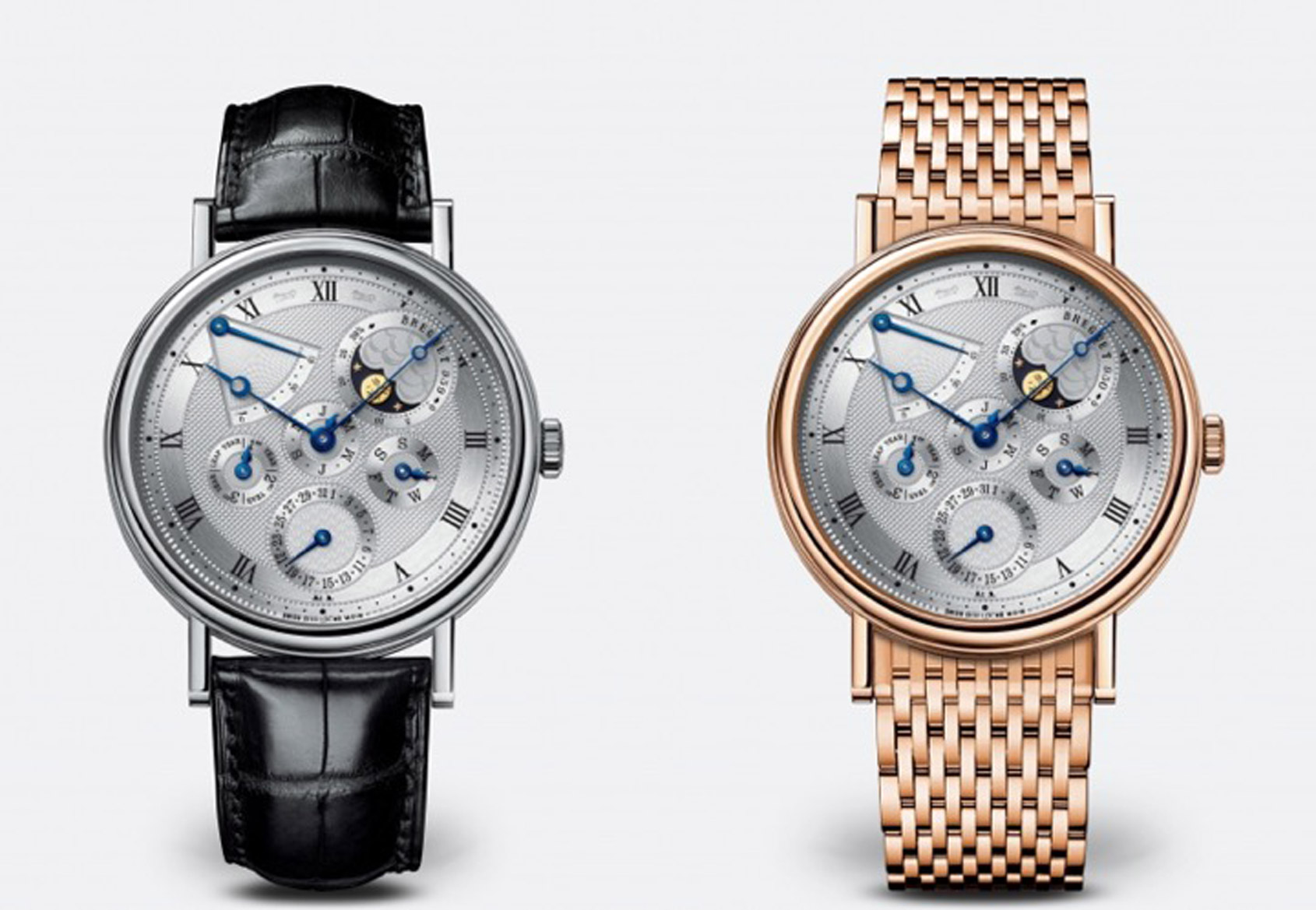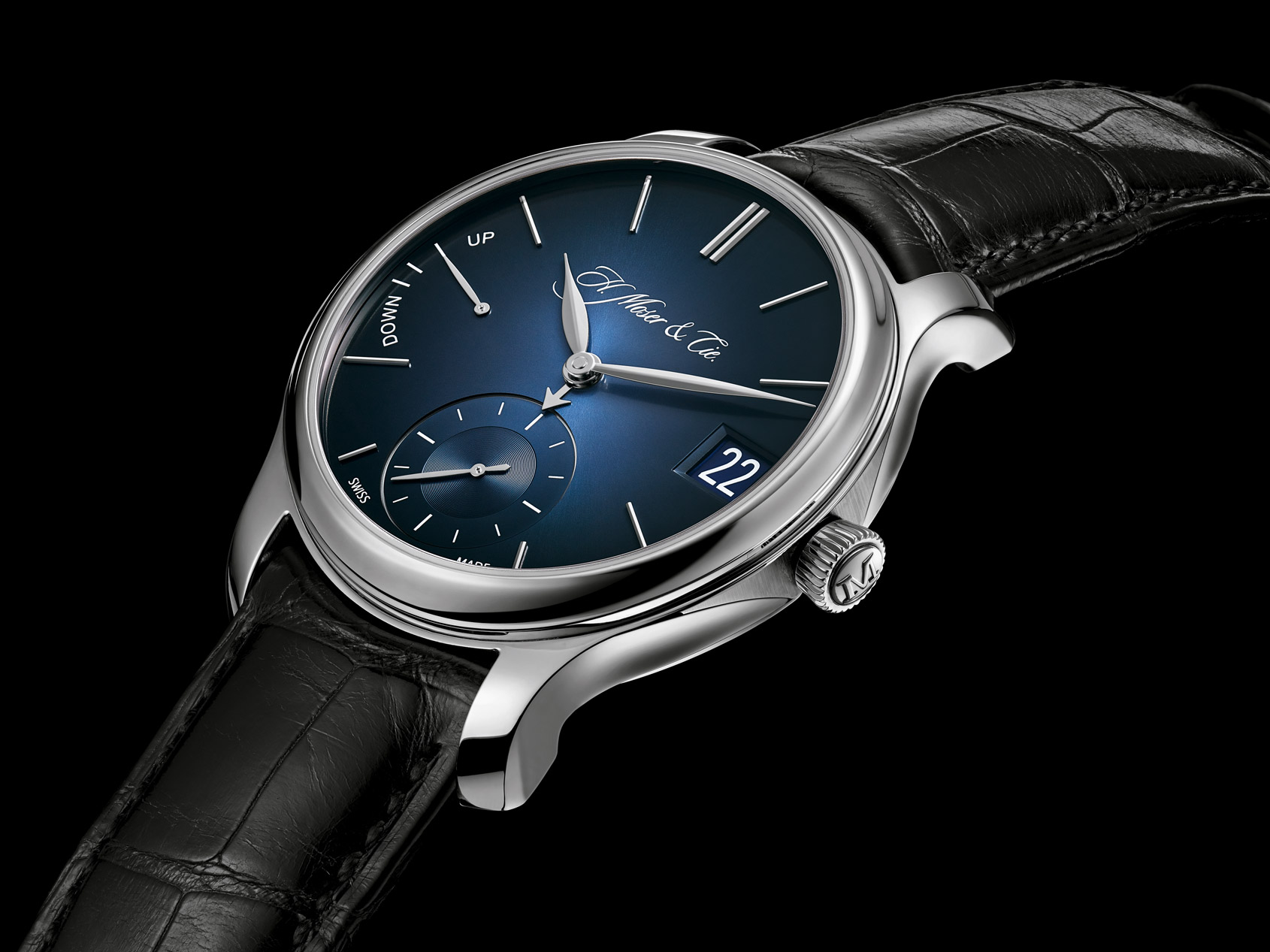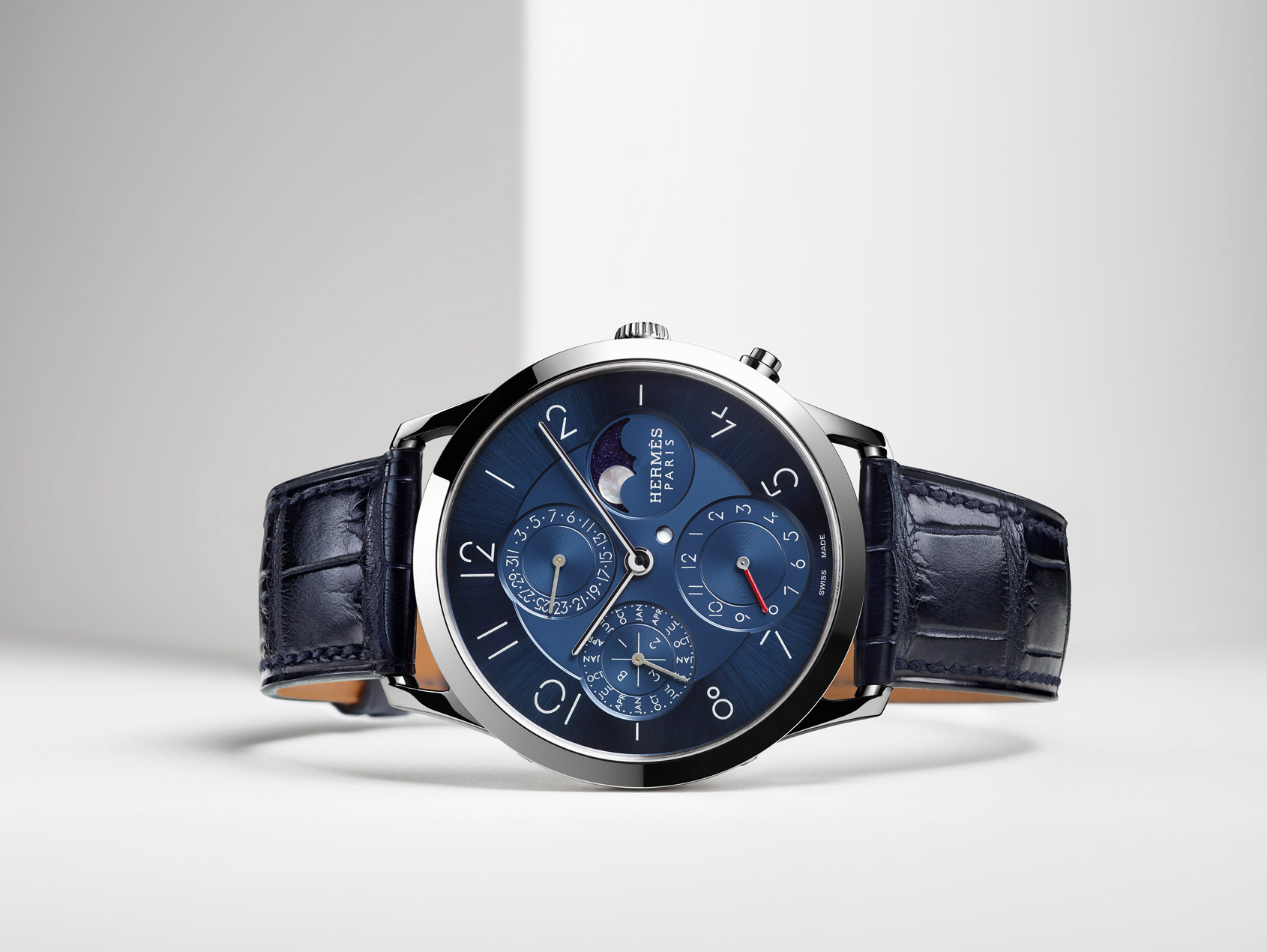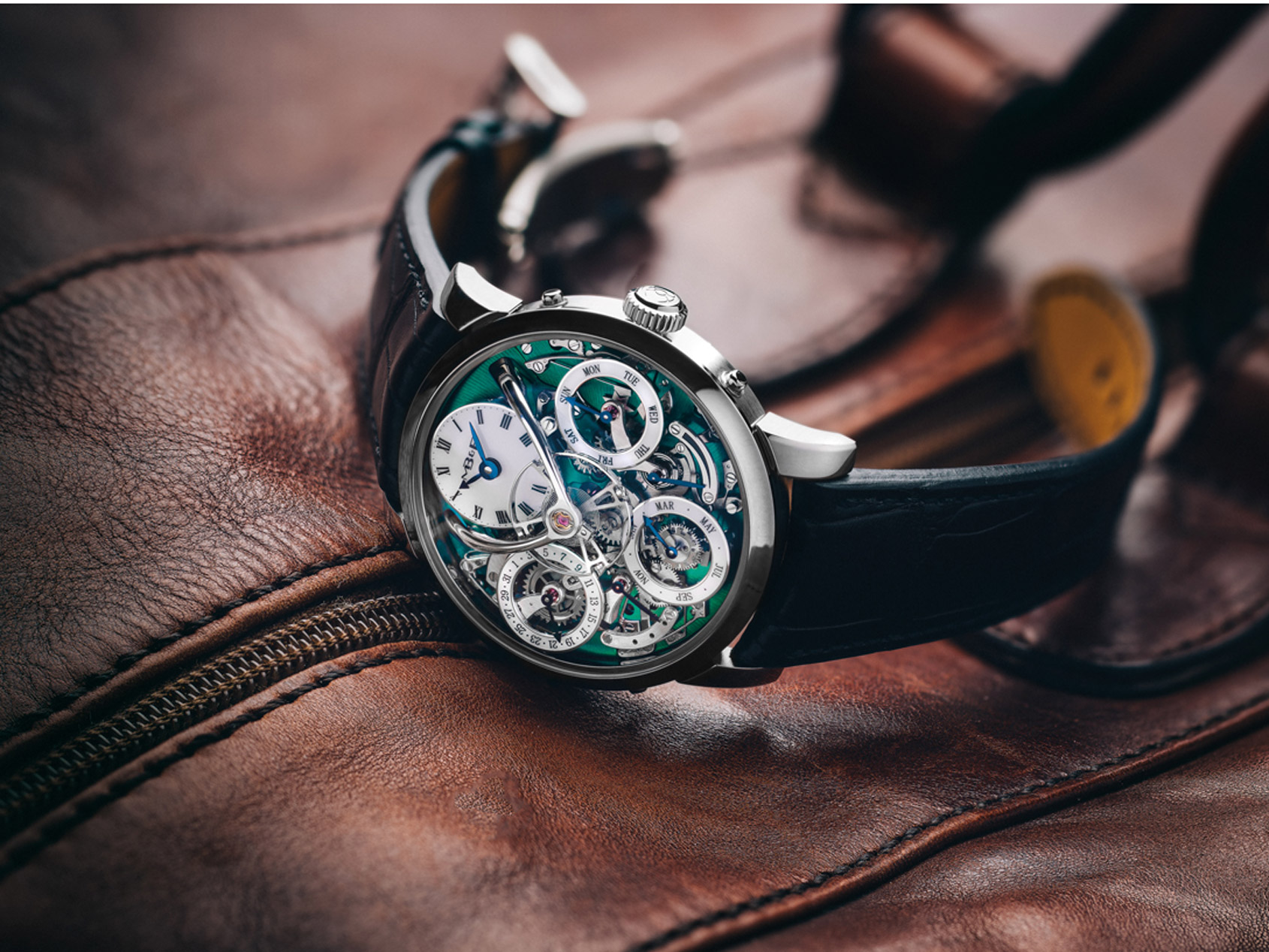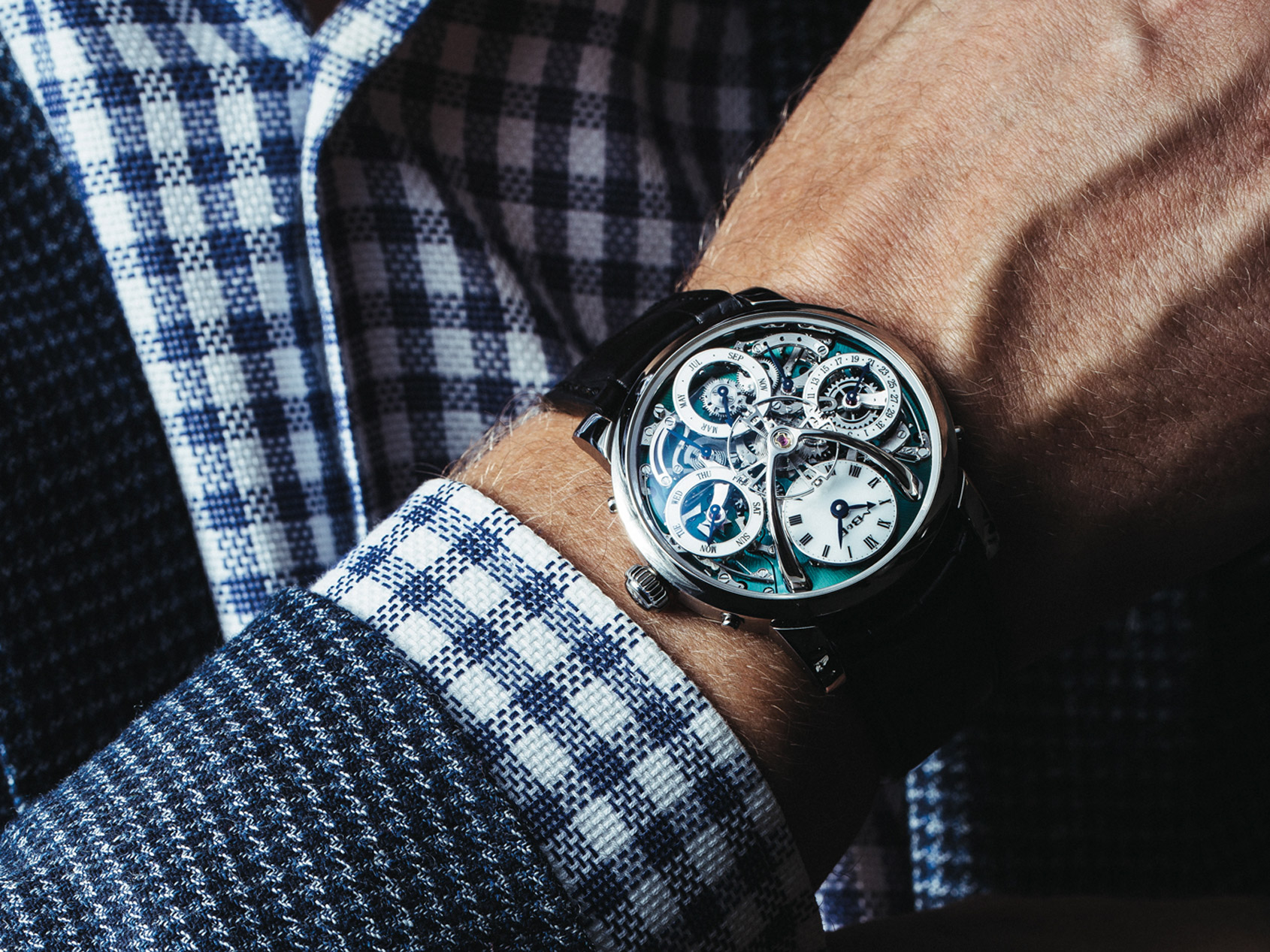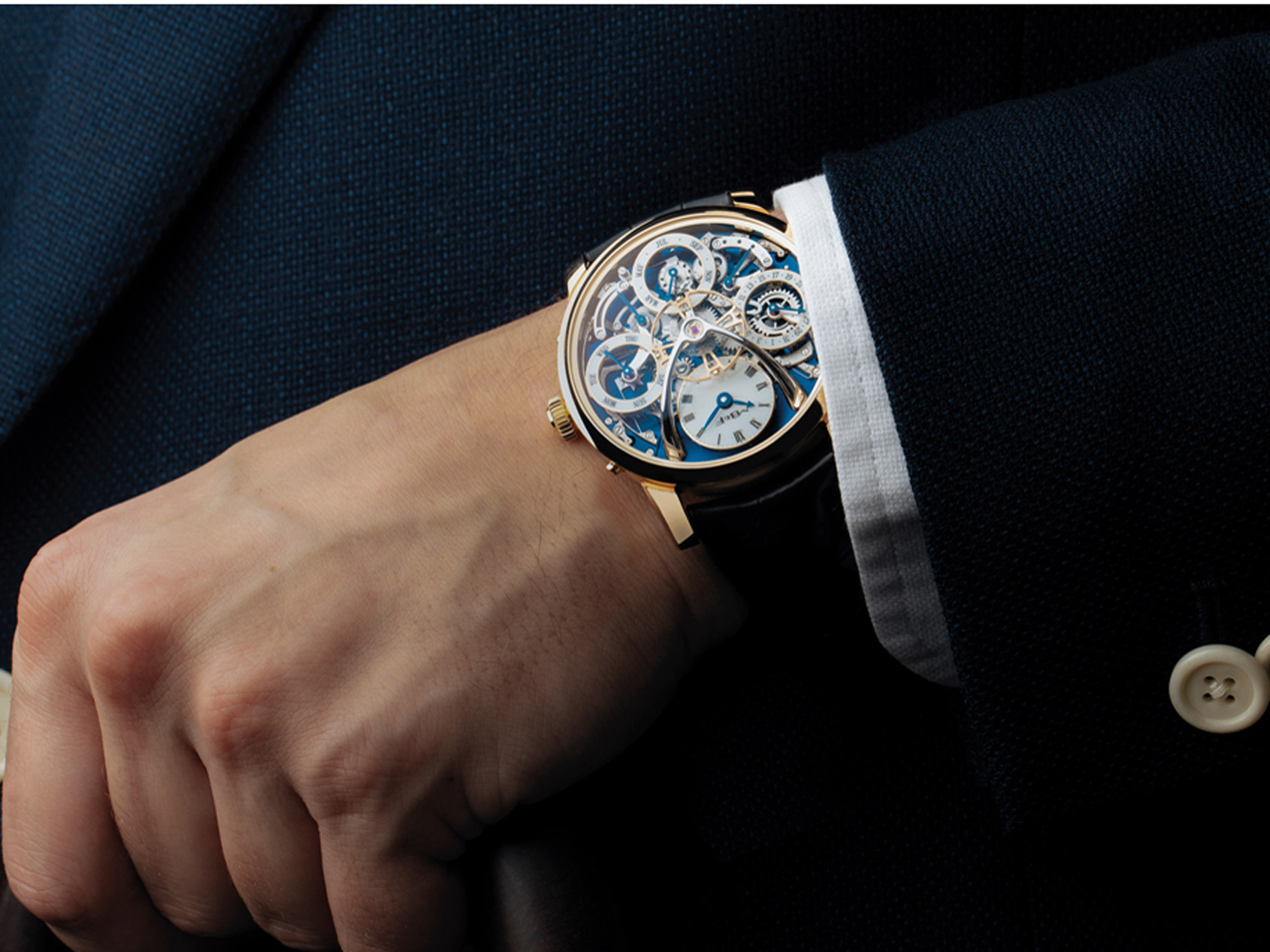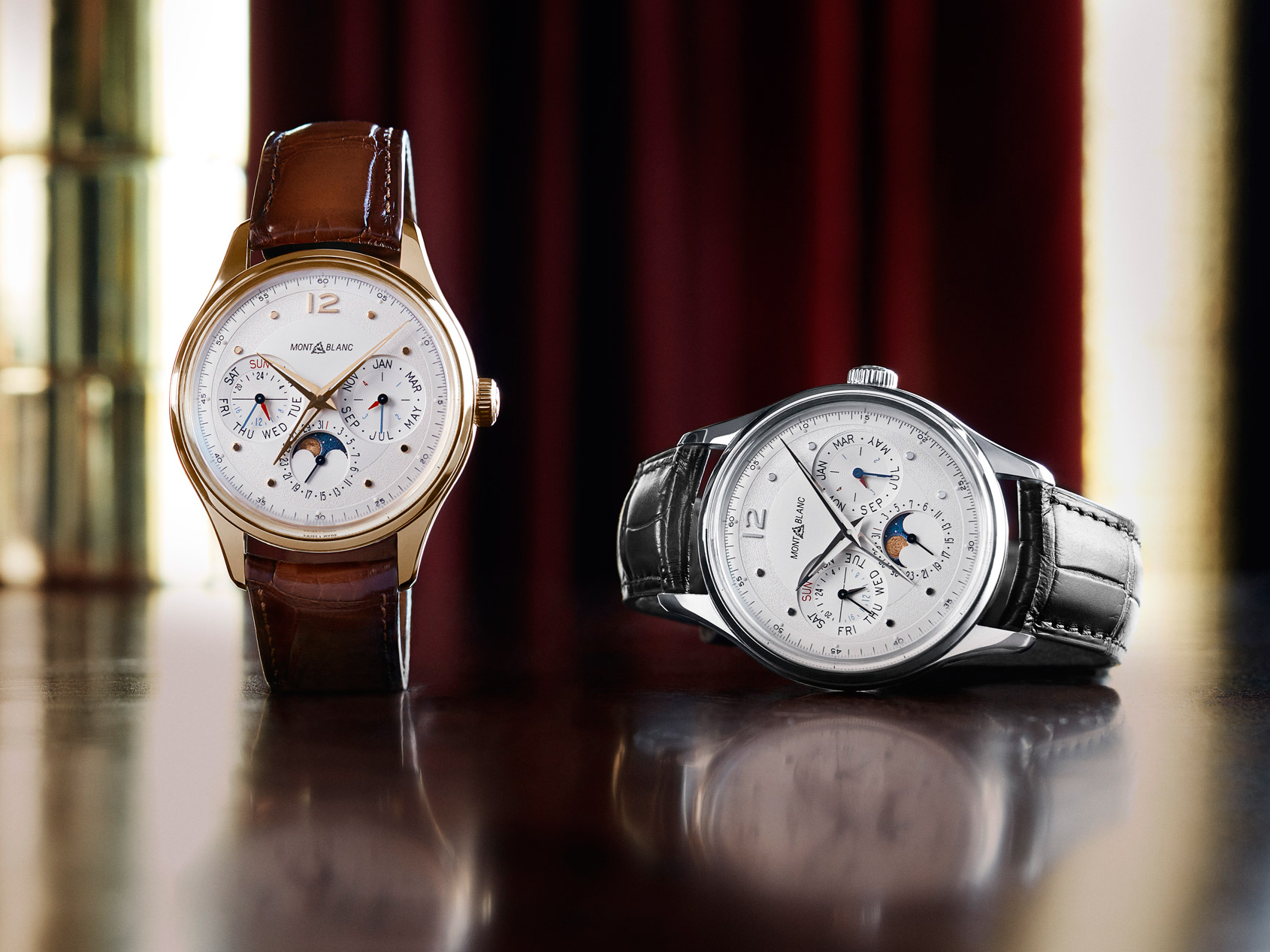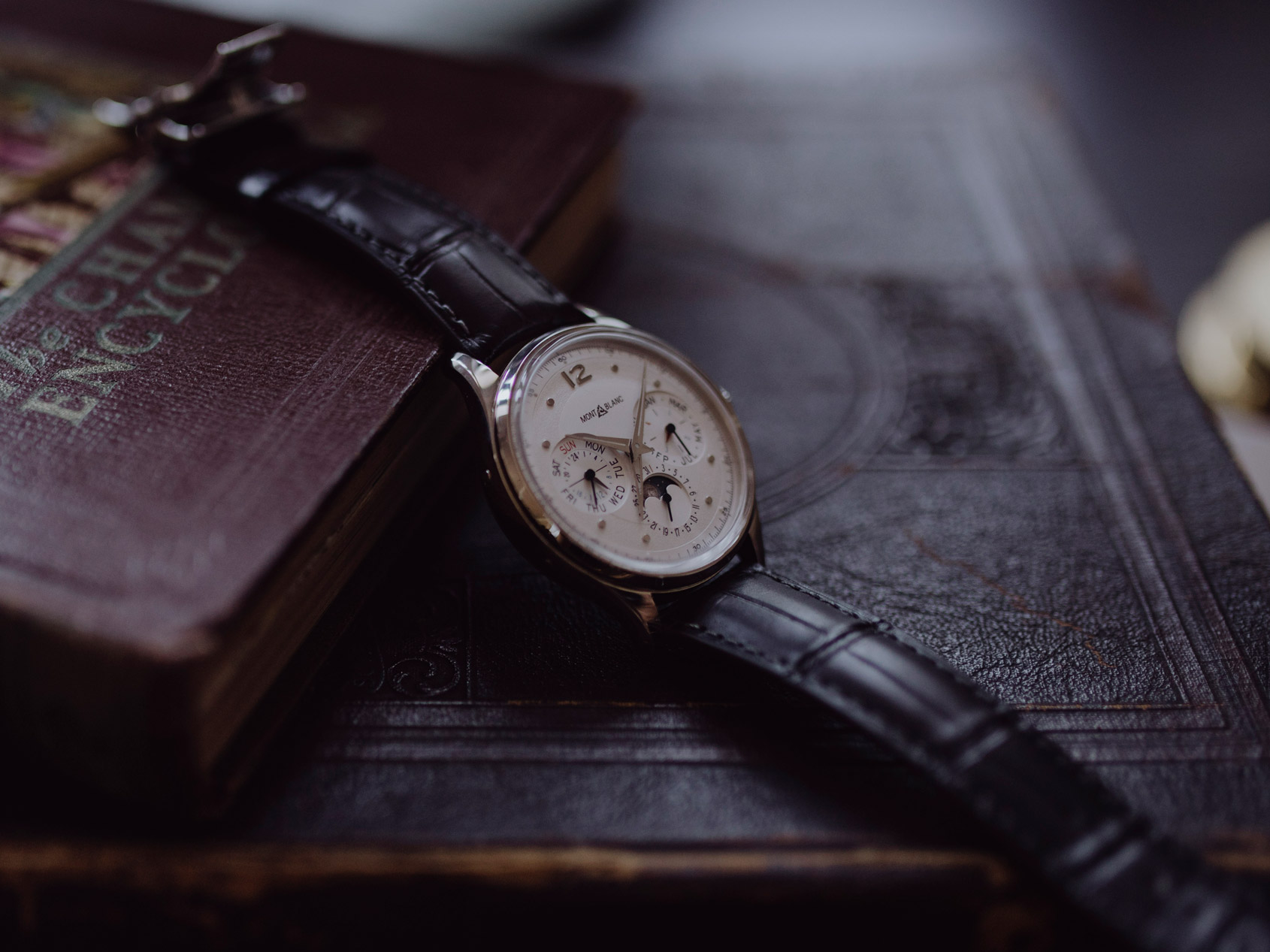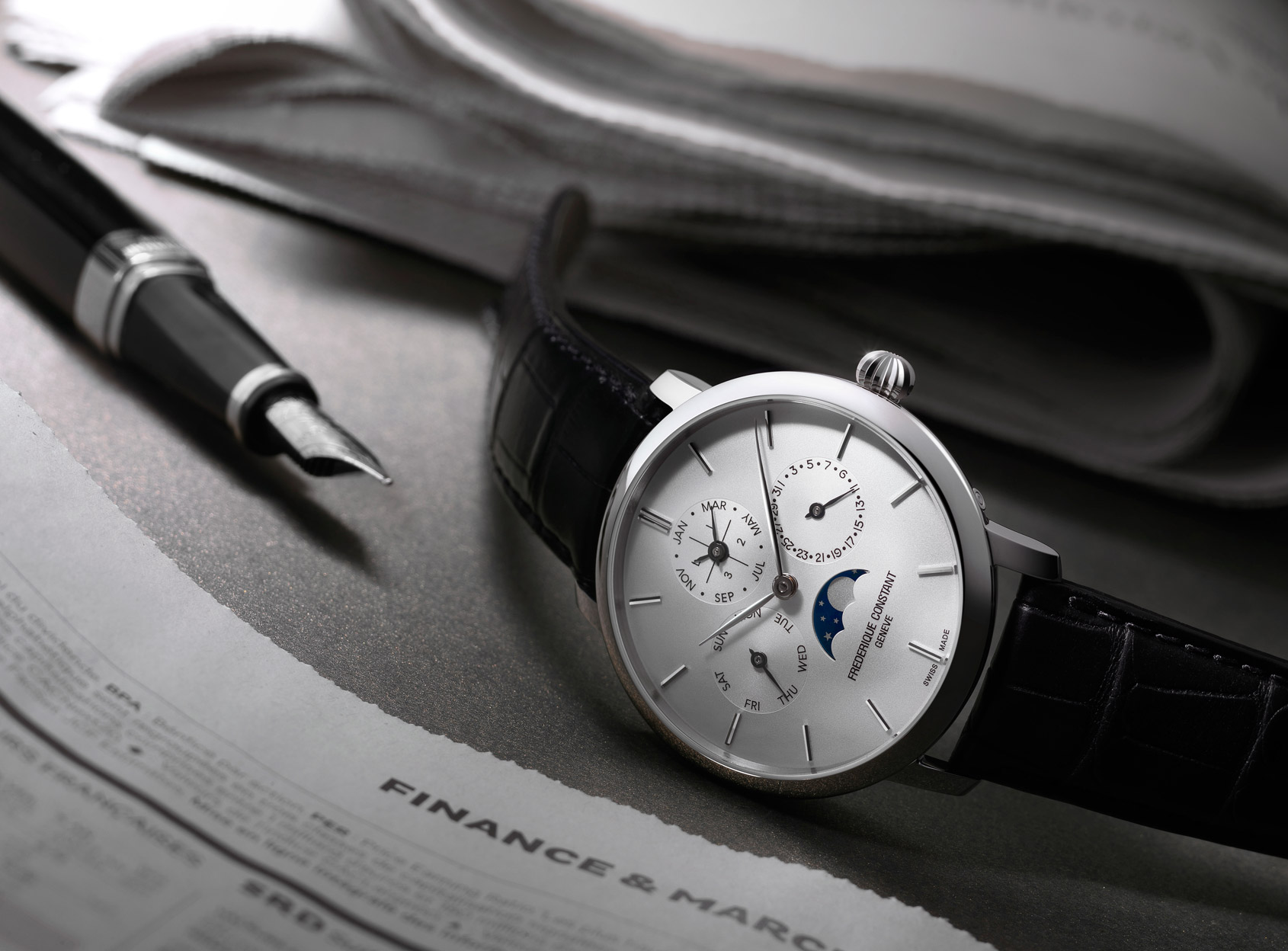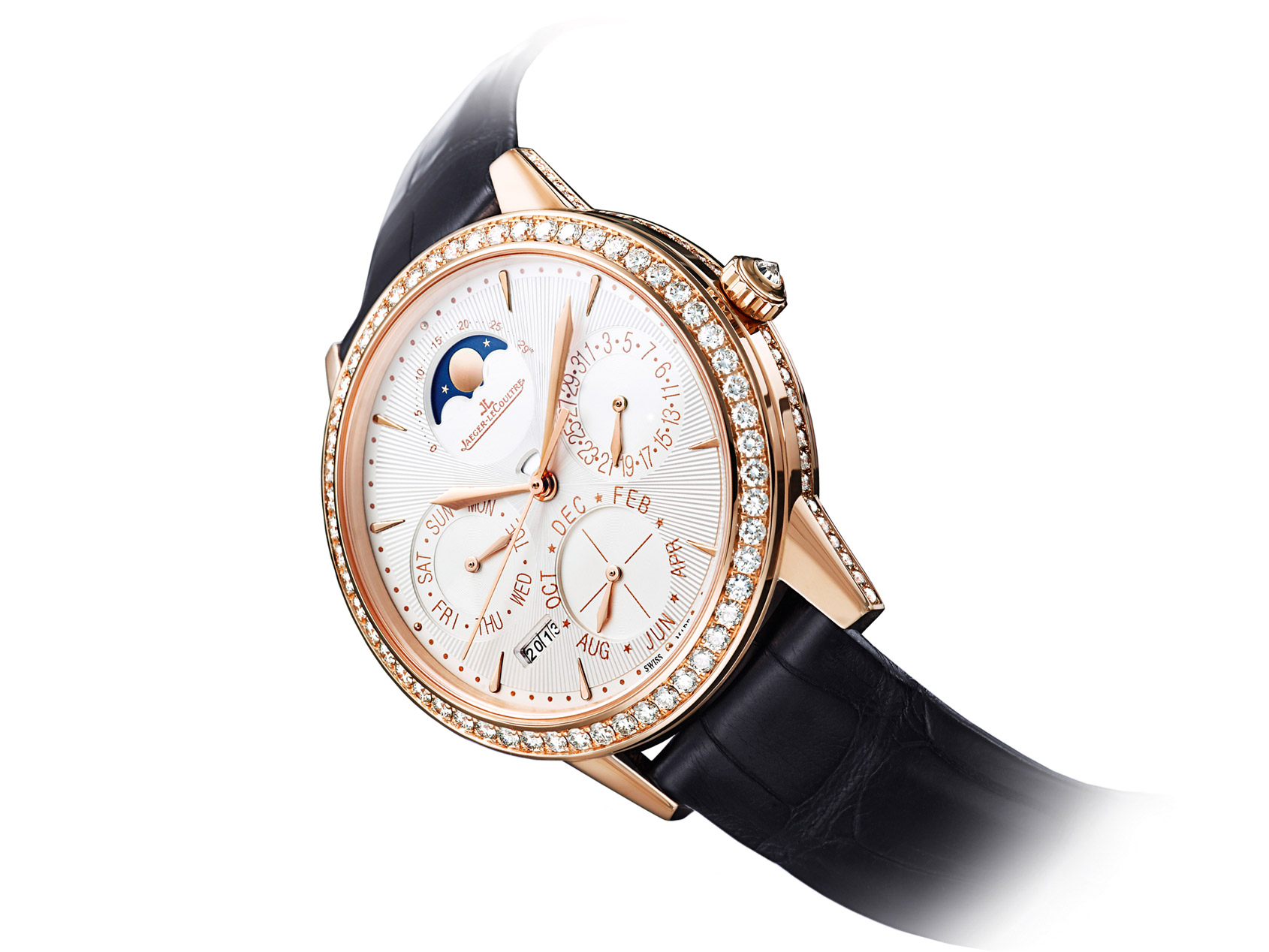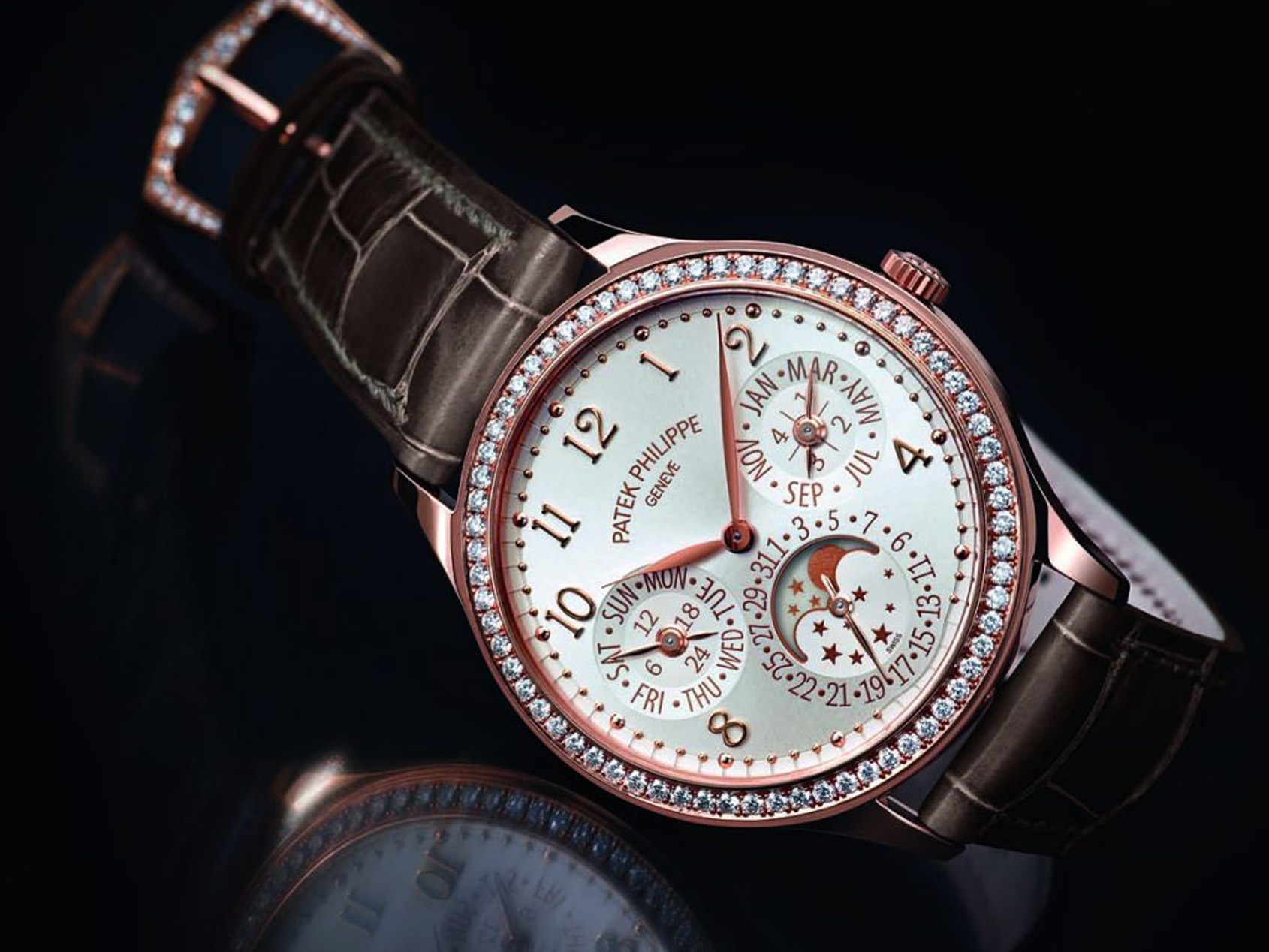Why you need a Perpetual Calendar watch on your wrist, today of all days
Sandra LaneThe perpetual calendar watch is among the most useful complicated watches, as well as one of the most mechanically sophisticated – and it truly comes into its own today, a leap year day. Its complexity is what sets it apart from other calendar watches. The simplest calendar watch has just a date function, driven by gears that are toothed to measure cycles of 31 days. Consequently, it needs to be manually advanced at the end of any month that has fewer days – from September 30 to October 1, for example. Thanks to extra sets of gears, an annual calendar can differentiate between months with 30 and 31 days – but still, at the end of February, it must be manually advanced to March 1.
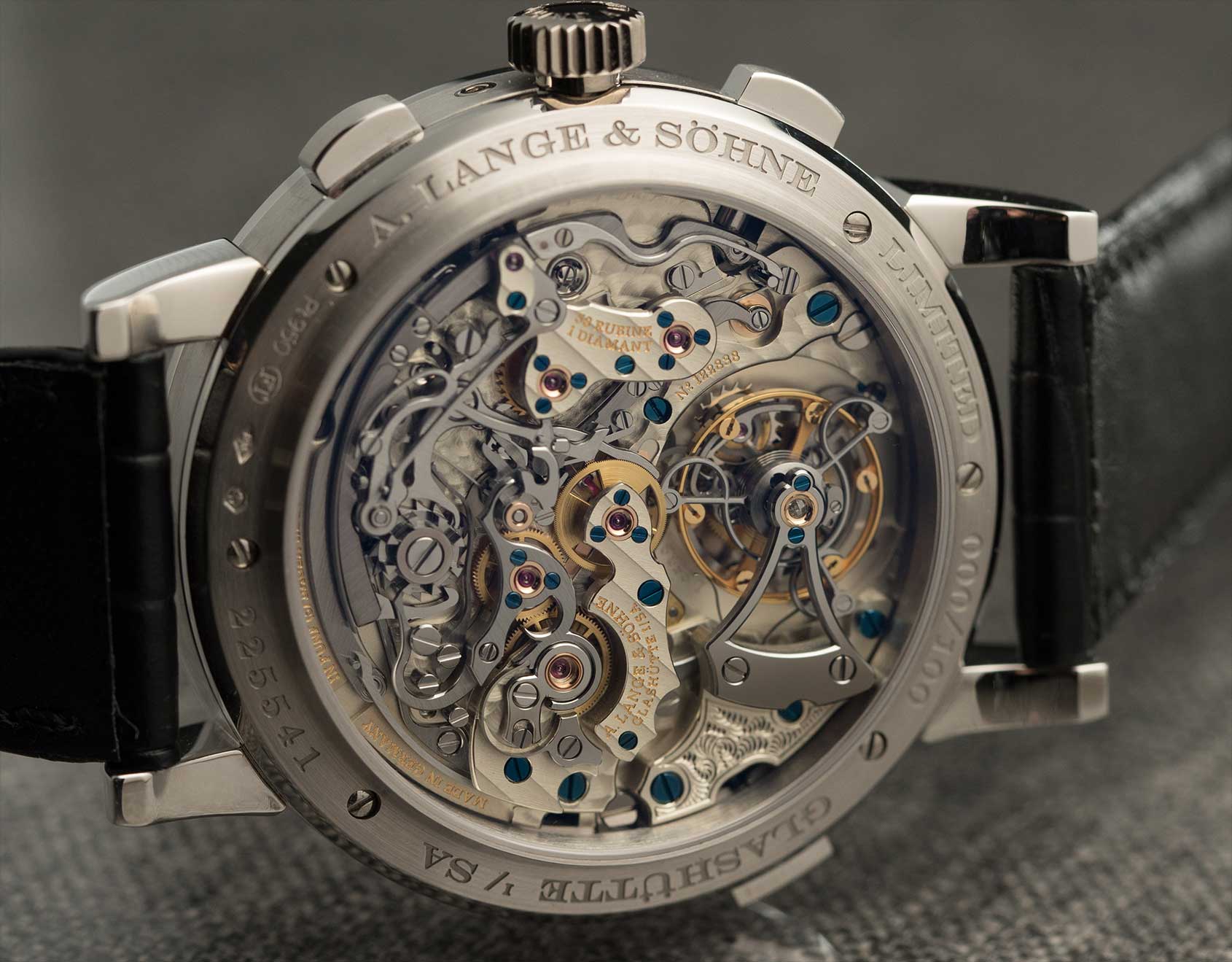
Add even more gears and you get a perpetual calendar – quantième perpétuel in French, often abbreviated to QP. Not only does it correct itself every month, regardless of the number of days, it also takes into account the occurrence of leap years and, consequently, will display the correct date, day, month and moon phase in perpetuity – as long as the movement keeps running.
There’s an anomaly, though: according to the Gregorian calendar, only one of every four century years is a leap year. So, although perpetual calendars did not need manual adjustment in 2000, they will in 2100, 2200 and 2300. Not a concern for most of us, but worth leaving a memo for the grandchildren.
Loved by collectors for their mechanical complexity, perpetual calendar watches nevertheless have a reputation as boomerangs – too easily broken and needing to be sent back to their makers for major repairs. That’s unfair, though, since the problem is almost invariably due to user error. Attempting to adjust a perpetual calendar an hour or two either side of midnight, when the gears will be engaged in doing their job, is sure to cause major damage. Being in a different time zone when making the adjustment only makes it harder to get the timing right.
Considering the QP’s complexity, it’s surprising how long ago it was invented. The English watchmaker Thomas Mudge (inventor of the lever escapement) made the first perpetual calendar for a pocket watch in 1762, followed by another in 1764. They are now owned by the Patek Philippe Museum and British Museum respectively.
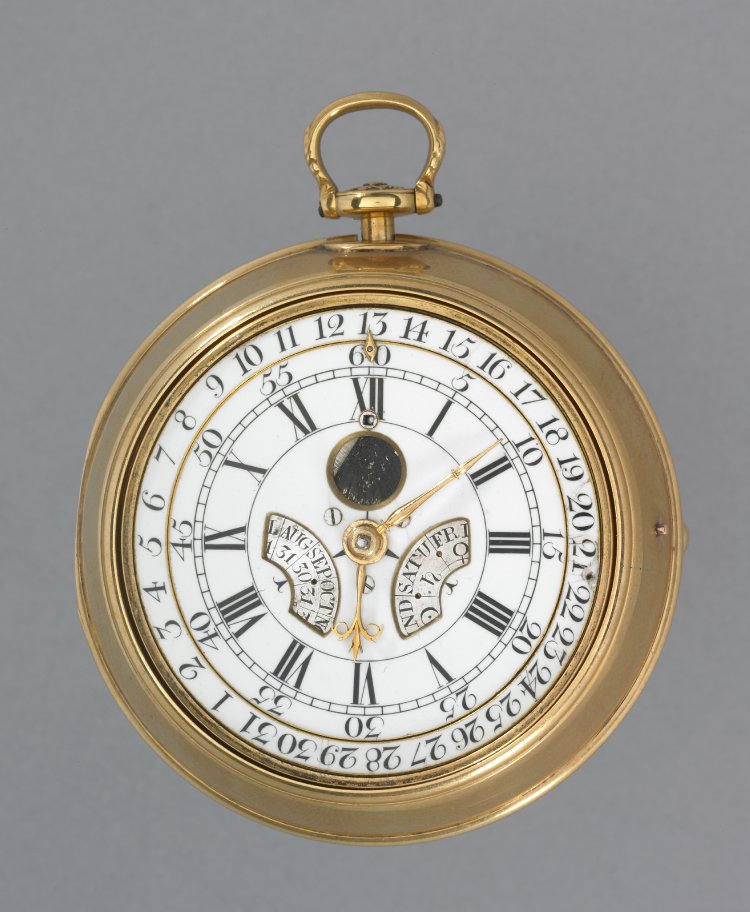
Image: research.britishmuseum.org
Patek Philippe has been credited for creating the world’s first perpetual calendar wristwatch in 1925, reusing a movement produced in 1898 and fitted into a woman’s pendant watch. Breguet and Jaeger-LeCoultre developed their own QP mechanisms a few years later – with LeCoultre (as it was then) supplying perpetual calendar movements to most of the major houses throughout the pre-quartz era, as well as producing them in its own name. Another key development came in 1985, when IWC unveiled the Da Vinci Perpetual Calendar Chronograph ref. 3570. Devised by watchmaker Kurt Klaus, it could be set simply through the winding crown, unlike all others so far made, which needed multiple buttons to set and adjust all the displays. That said, in the 250-odd years since Mudge’s first pocket watches, the functional design of perpetual calendar mechanisms did not change in any major way – until 2015 (of which more later).
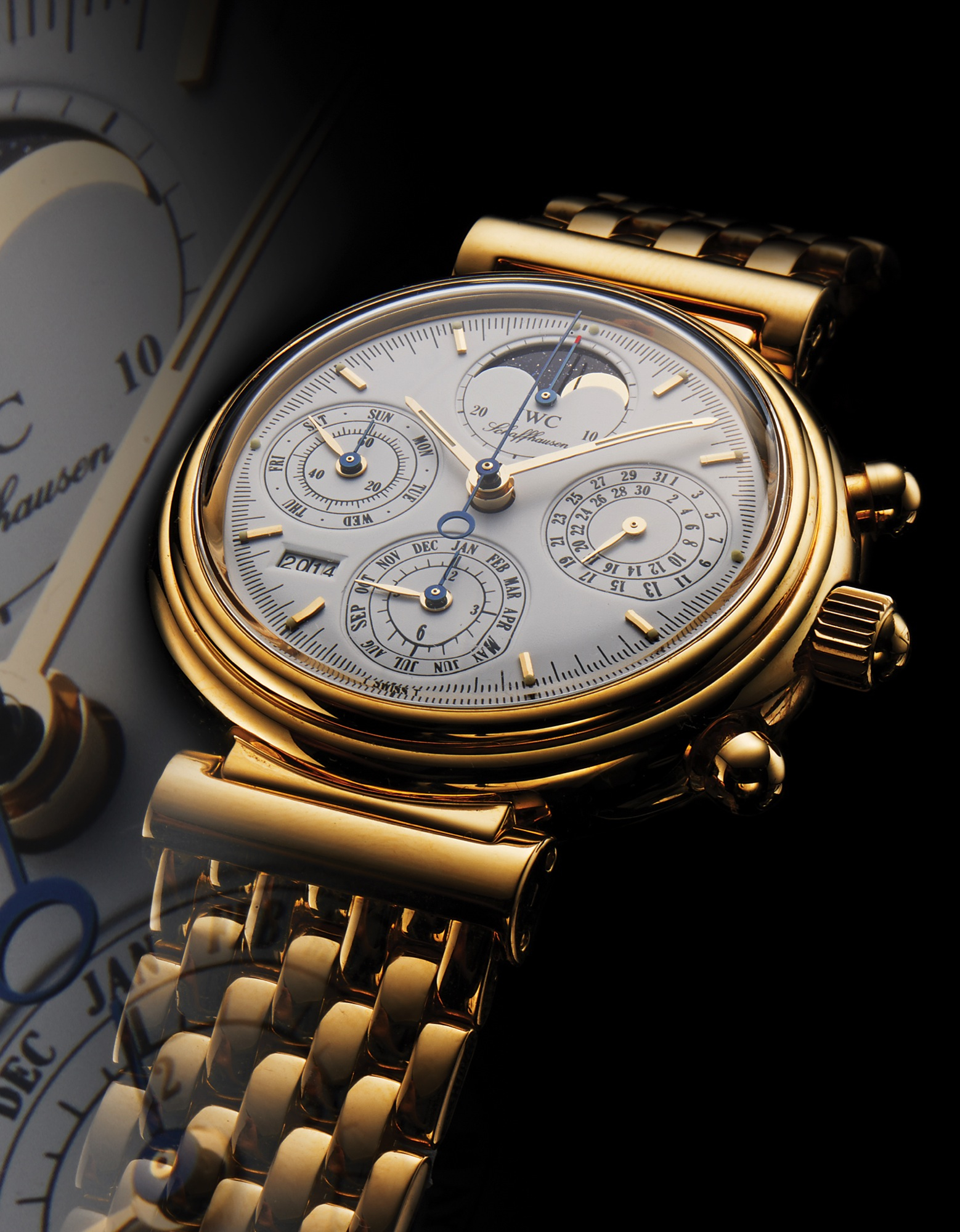
To mark this leap year, here’s a roundup of 10 of the most interesting or significant perpetual calendars available today – divided into groups. Quintessential classics (self-explanatory); Contemporary game-changers (bringing something new, either mechanically or aesthetically); Affordable (their complexity guarantees that QPs are not cheap – but these two won’t totally break the bank); and Women’s (rare creatures, these – and kudos to the brands that are not ignoring half of the population).
THE QUINTESSENTIAL CLASSICS
Jaeger-LeCoultre Master Ultra Thin Perpetual
Every perpetual calendar requires exceptional skill to make – and so does an ultra-thin movement. Combine the two and this is what you get, in a 39mm case that is just 9.2mm thick (the movement itself being 4.72mm). That was game-changing when the model was first introduced in 2013 – as was the fact that in steel it was priced below USD 20,000 (AUD 30,675). This classical QP has become a staple of Jaeger-LeCoultre’s collection for good reason and in 2019 the line was supplemented by a 100-piece limited-edition model with an updated movement and a spectacular guilloché enamel dial.
Blancpain Villeret Quantième Perpétuel 8 Jours
Introduced at Baselworld 2014, Blancpain’s top-of-the-range QP features a grand feu enamel dial and, as its name suggests, an eight-day power reserve. To keep the lines of the case perfectly smooth, the correctors are hidden under the lugs, rather than embedded into the sides of the 42mm case. Patented by Blancpain, the correctors can be operated by the fingertips, rather than needing a special tool.
Breguet Classique ref. 5327
Having introduced its first perpetual calendar wristwatch in 1929, Breguet has rarely been without a perpetual calendar in its line-up. (To some purists, Breguet, rather than Patek Philippe, made the first QP wristwatch, on the basis that it was ‘purpose built’, rather than using a movement that had been made for a different piece.) Typical of Breguet’s high complication watches, the dial packs in a lot, in terms of both information and decoration, yet the overall effect is harmonious and highly legible.
CONTEMPORARY
Audemars Piguet Royal Oak Perpetual Calendar Ultra-Thin
Released to great fanfare as the RD#2 Concept watch in 2018 and setting a new record for the world’s thinnest perpetual calendar, this ultra-skinny QP joined the main collection last year. Powered by the 2.89mm thick Calibre 5133, it has a titanium case and bracelet with platinum bezel and links, and measures 41mm by a mere 6.3mm – a remarkable feat of watchmaking.
Moser & Cie Endeavour Perpetual Calendar
With a plethora of information to display, perpetual calendar watches always had rather busy dials – until Moser completely re-thought the aesthetic, using a traditional date window (with an instantaneously jumping date) and adding a short hand with an arrow tip to indicate the month, using the 12 hour indexes. That was in 2014; two years later they went even more minimal with the Endeavour Perpetual Calendar Concept, stripping all text and indices from the dial. A power reserve indicator provides useful warning that it’s time to rewind the watch, thus reducing the need to ever manually reset it.
Slim d’Hermès Quantième Perpétuel
For Hermès, aesthetics matter at least as much as mechanics and the Maison has managed to retain the clean, contemporary looks of its Slim collection even with so many calendar indications. But for all that, the real interest lies inside the watch: the base movement is the 2.6mm Hermès calibre H1950 (produced specifically for the Slim collection by Vaucher, which Hermès co-owns with Parmigiani Fleurier). It is combined with a perpetual calendar module just 1.4mm thick, developed for Hermès by its frequent collaborator, Agenhor. More remarkable still, the ultra-thin movement incorporates a second time zone indicator – which also acts as a safety measure, avoiding the likelihood of mistaking the ‘safe period’ for manually resetting the date or time.
MB&F Legacy Machine Perpetual Calendar
It took 250-odd years for anyone to re-think the perpetual calendar movement and when it finally happened, it was done not by a major house but by a small indie brand in collaboration with a little-known independent Irish watchmaker from Northern Ireland, Stephen McDonnell. Launched in 2015, the LM Perpetual eliminates the major drawbacks of traditional perpetual calendars, making it user-friendly and virtually idiot-proof. McDonnell’s innovative ‘mechanical processor’ means the end of skipped dates, and because the adjuster pushers automatically deactivate when the calendar changes, it’s impossible to jam the gears and wreck the movement.
AFFORDABLE
Montblanc Heritage Perpetual Calendar
Montblanc caused a major stir in 2014 when it introduced a perpetual calendar at what was then an unheard of price: USD 12,800 (AUD 19,675) in steel. Forward to SIHH 2019, and the company introduced this new model – with a new manufacture movement, Calibre MB 29.22, a hint of vintage styling and beautiful haute horlogerie detailing on the dial – priced at just three grand more than its predecessor in steel. (It’s also offered in red gold.) With adjustment possible in either direction, through the crown, it’s remarkably user-friendly too.
Frédérique Constant Manufacture Perpetual Calendar
At less than USD 10,000 you’re not going to get the world’s most elaborate perpetual calendar, but the fact that you can get a self-winding full QP made in-house at all is astonishing. Frédérique Constant’s raison d’être is to deliver great value for money and, in this case, they have succeeded incredibly well. The classically laid out dial is very well balanced, and the sunray-brushed finish looks really classy; the movement is nicely decorated, too. Frédérique Constant’s secret, they say, is that engineering the movement for much greater ease of assembly has been the major factor in keeping production costs low.
FOR WOMEN
Jaeger-LeCoultre Rendez-Vous Perpetual
Using the same movement as the Master Ultra Thin Perpetual – Calibre 868 – this is in no sense a ‘lesser’ watch for women. You could, in fact, argue that it is quite a lot ‘more’ than the men’s version, with its diamond-set bezel and indexes, and sunray-pattern guillochage on the dial. The 37.5mm case has real wrist presence and is water resistant to 5 bar.
Patek Philippe ref.7140
With its Calatrava case measuring 35.1mm in diameter and 8.7mm high, this perpetual calendar watch is wonderfully comfortable on the wrist. It’s also proof of Patek Philippe’s skill at producing high complications in small dimensions – the movement itself, Calibre 240 Q, being just 3.8mm thick. The discreet styling of the dial is complemented by intricate decorative details, including tiny round ‘pearls’ of polished gold to mark the minutes track.




